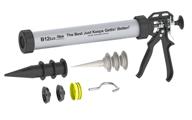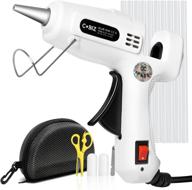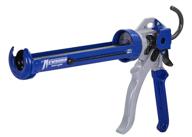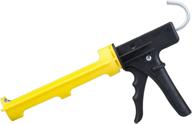
Review on Castable Refractory Cement by Rutland Products by Paul Wilson

Ideal for pouring fireplace parts
I use this pouring cement to make replacement panels (top, back, bottom, sides) for my 1995 Heat-N-Glow Zero Glow fireplace. I make my shapes with a thick plywood base and a corner bead that I screw into the plywood. I put a plastic trash bag inside the mold so the cement doesn't directly touch the wood. The cement is poured into the mold using a paint stirrer to ensure the corners are filled and there are no air pockets. After 24 hours I remove the cornice and the cement board is ready to use. The ratio of water to cement in the mix is fairly accurate, but use less water than directed and only add more water as needed during mixing. It is very important to thoroughly mix dry cement before adding water. I have found that this dry blending step makes a huge difference. I am currently manufacturing the third generation of refractory plates for this fireplace. Each plate seems to last about ten years before cracking. I once tried driving a piece of steel wire mesh into the cement in hopes it would strengthen the concrete. This turned out to be a bad idea as the wire must have heated up, stretched and caused the plate to crack prematurely. The product value is great. Each panel I make costs about 25% of the cost of an OEM panel. And if you need more panels in the future, a 25lb tub has more value per pound than a 12.5lb tub.
- Quality construction
- Requires socket
New products
Comments (0)
Top products in 🔧 Contact Cements
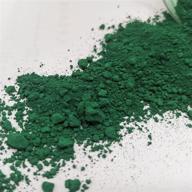
Iron Oxide Powder-Green Color Pigment Used In Concrete

3 Review
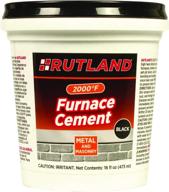
🔥 Long-lasting and Versatile Rutland Furnace Cement 16 Black: Ideal for All High-Heat Applications

3 Review
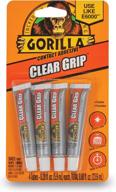
Gorilla Clear Grip Waterproof Contact Adhesive Minis, 4 .2Oz Tubes, Transparent Glue (1 Pack)

19 Review

🌳 Enhanced Scenic Cement by Woodland Scenics: S191

3 Review


